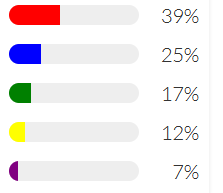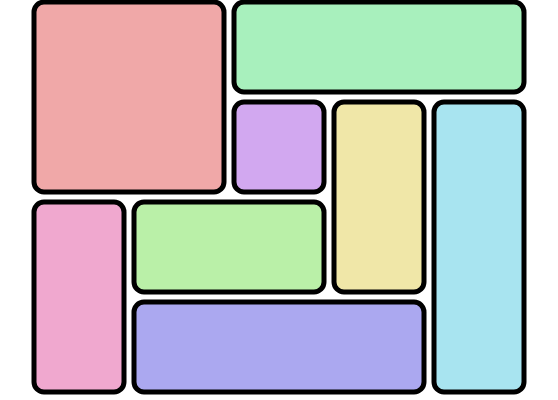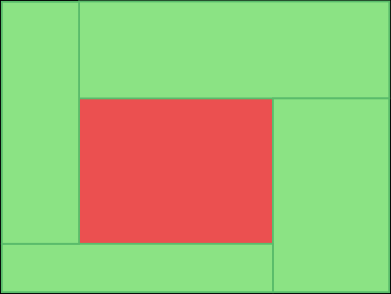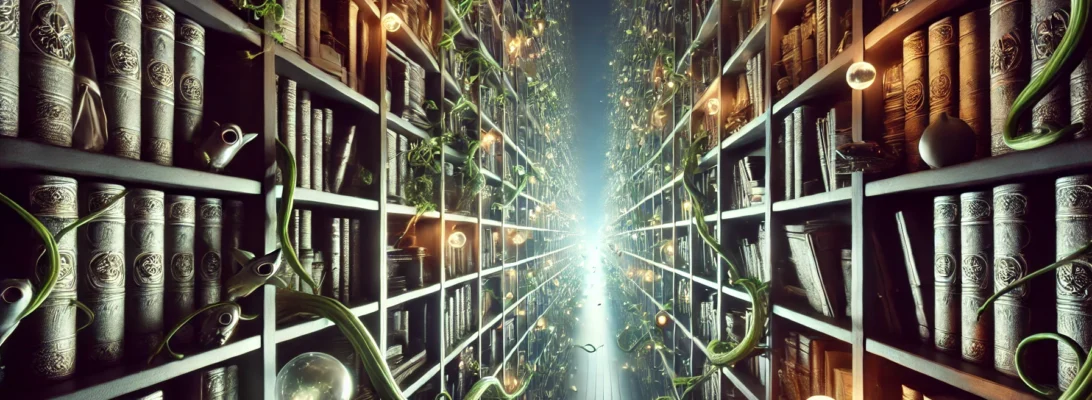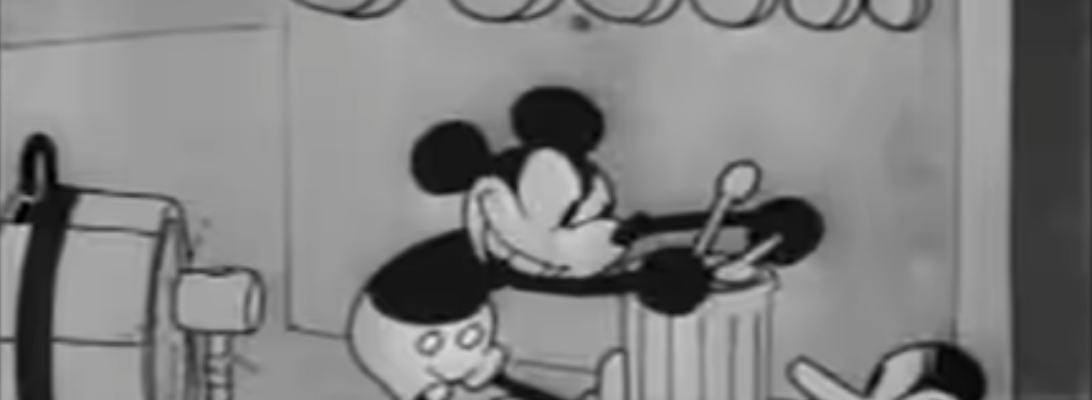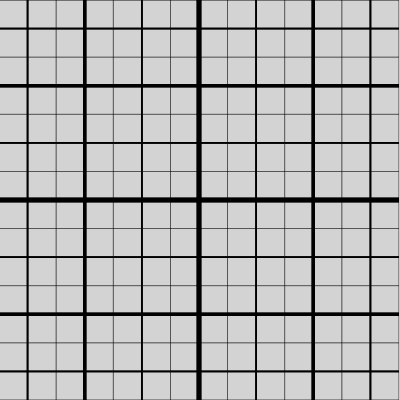In procedural generation, the absolute simplest, most common technique is randomly picking an item from a list. More often than not, it is a weighted random choice, where each item is selected with a frequency proportional to its “weight”, a numerical value that can be tweaked by the designer.
def random_choice(items: list, weights: list[float]):
total_weight = sum(weights)
random_value = random.random() * total_weight
# Find the item that corresponds to the random number
for i, weight in enumerate(weights):
random_value -= weight
if random_value <= 0:
return items[i]I wanted to share a technique from the Machine Learning community that is simple enhancement to this routine that gives a lot of convenience over tweaking weights directly, called temperature.
Continue reading